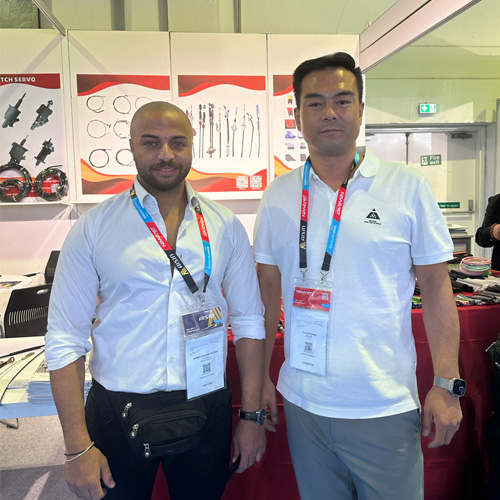Understanding Throttle Control and Clutch Operations for Enhanced Driving Performance
Understanding Throttle and Clutch A Key to Mastering Vehicle Control
When it comes to driving manual transmission vehicles, two elements play a pivotal role in controlling acceleration and deceleration the throttle and the clutch. Understanding how to effectively use these components is essential for anyone looking to gain mastery over their driving experience. This article delves into the functions of the throttle and clutch, along with tips on how to use them harmoniously for smooth driving.
The Throttle Accelerating Power
The throttle is a critical component that controls the amount of air and fuel mixture flowing into the engine. In essence, it determines how much power the engine produces, which directly influences the vehicle's speed. When you press the accelerator pedal, you increase the throttle opening, allowing more air and fuel into the engine, subsequently raising the vehicle's power output.
Managing the throttle is all about sensitivity and timing. A gentle application of the throttle initiates a smooth acceleration, while a sudden heavy application can cause the vehicle to lurch forward, which may result in a loss of control, especially when starting from a stop. Drivers need to develop a feel for the throttle, adjusting their input based on road conditions, traffic, and their own driving style.
The Clutch Engaging and Disengaging
The clutch, on the other hand, serves a different purpose. It is responsible for engaging and disengaging the engine from the transmission. When you press down on the clutch pedal, you disconnect the engine's power from the wheels, allowing you to change gears without causing damage to the gearbox. Releasing the clutch smoothly while applying throttle allows for a seamless transition as the power flows from the engine to the wheels.
One of the most common challenges for new drivers is the coordination of the clutch and throttle. If the clutch is released too quickly while applying too much throttle, it can lead to stalling the engine. Conversely, releasing the clutch too slowly can cause the vehicle to move sluggishly, which is equally frustrating.
throttle and clutch

The Art of Coordination
Mastering the use of the throttle and clutch is akin to learning a dance. It requires practice, patience, and fine motor skills. Here are some tips to help synchronize these two components effectively
1. Practice in a Safe Environment Begin in a quiet area with minimal traffic. This allows you to experiment with different throttle and clutch combinations without the pressure of other drivers.
2. Listen to the Engine The engine's sound can guide you on how to modulate the throttle and clutch. A higher pitch indicates an increase in RPM, suggesting you need to shift gears or apply more throttle.
3. Use the “Bite Point” Familiarize yourself with the biting point of the clutch, where you can feel the car beginning to move forward. This is a crucial phase in the start of your journey, and mastering it will help prevent stalling.
4. Gradual Increments When accelerating, gradually apply throttle as you release the clutch. This balance helps maintain stability, especially on inclines or slippery surfaces.
5. Anticipate Road Conditions Adjusting your throttle and clutch usage based on the driving environment is essential. On wet or icy roads, a lighter touch is necessary to avoid skidding.
In conclusion, mastering the throttle and clutch is vital for any driver aspiring to achieve the smooth operation of a manual transmission vehicle. With practice and an understanding of how these components interact, drivers can enhance their control, improve safety, and enjoy a more engaging driving experience. Whether you're a novice or a seasoned driver, refining your skills with the throttle and clutch will undoubtedly elevate your driving proficiency.
-
Workings of Clutch Pipe and Hose SystemsNewsJun.04,2025
-
The Inner Workings of Hand Brake Cable SystemsNewsJun.04,2025
-
The Secrets of Throttle and Accelerator CablesNewsJun.04,2025
-
The Hidden Lifeline of Your Transmission Gear Shift CablesNewsJun.04,2025
-
Demystifying Gear Cables and Shift LinkagesNewsJun.04,2025
-
Decoding Clutch Line Systems A Comprehensive GuideNewsJun.04,2025
